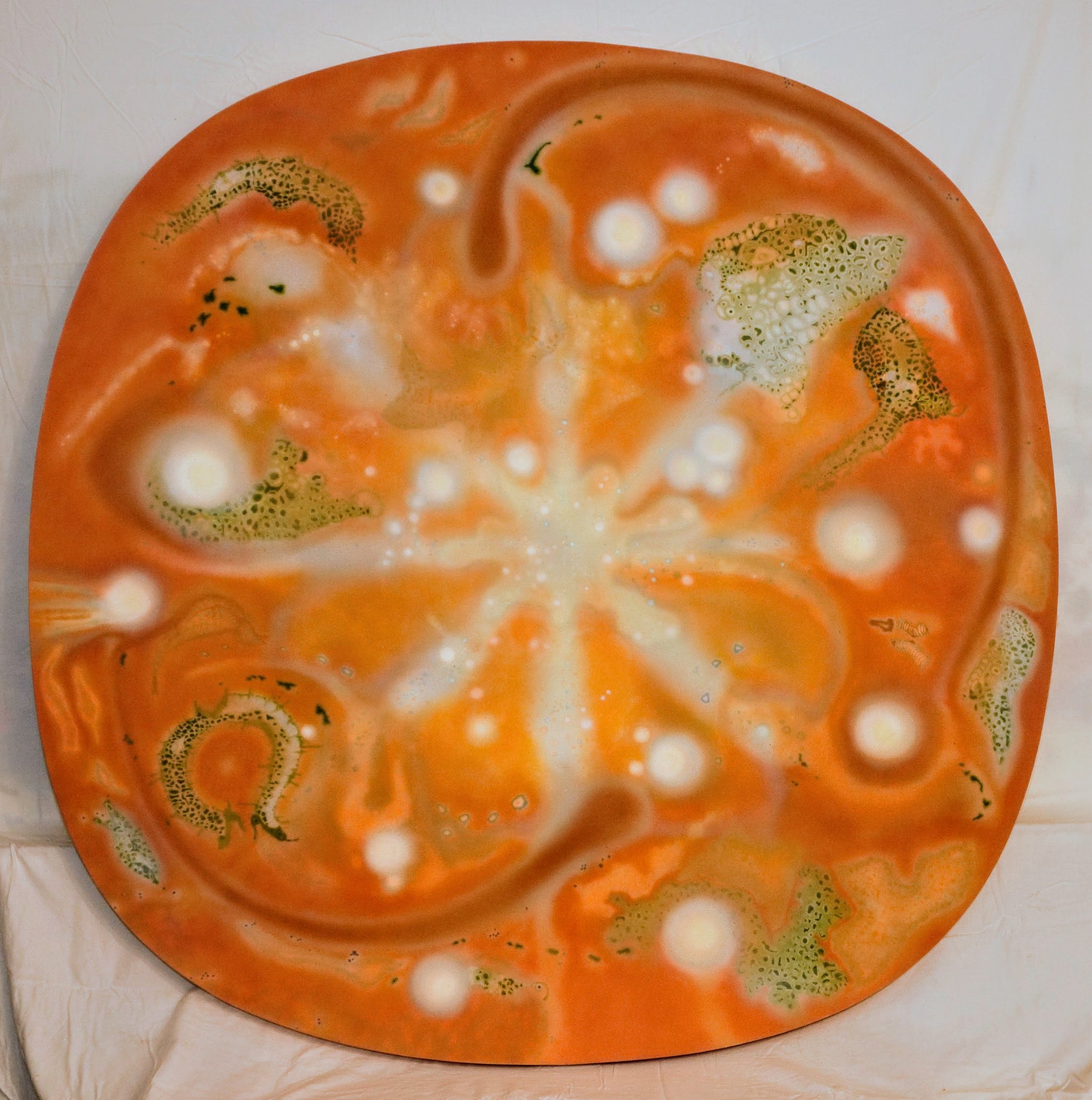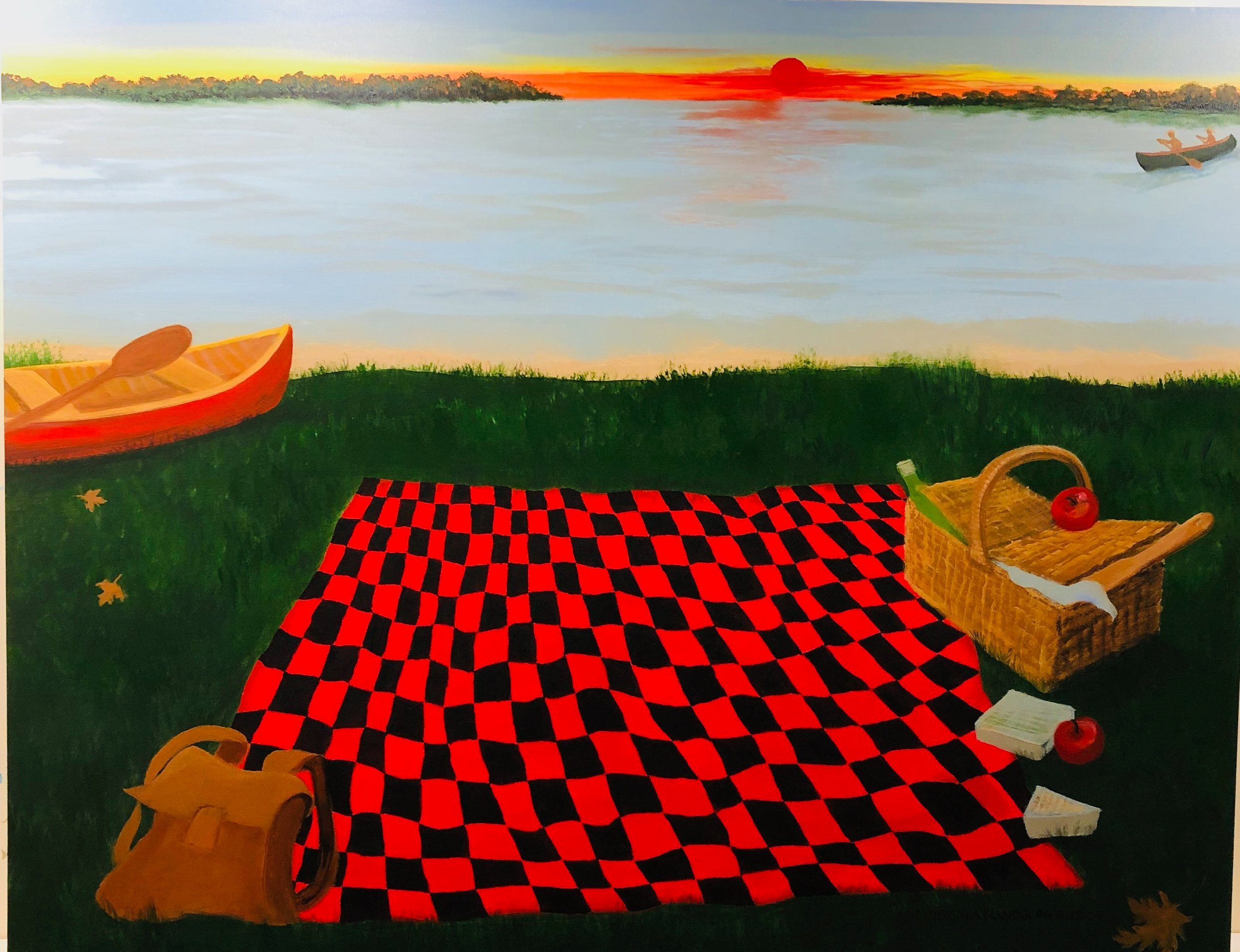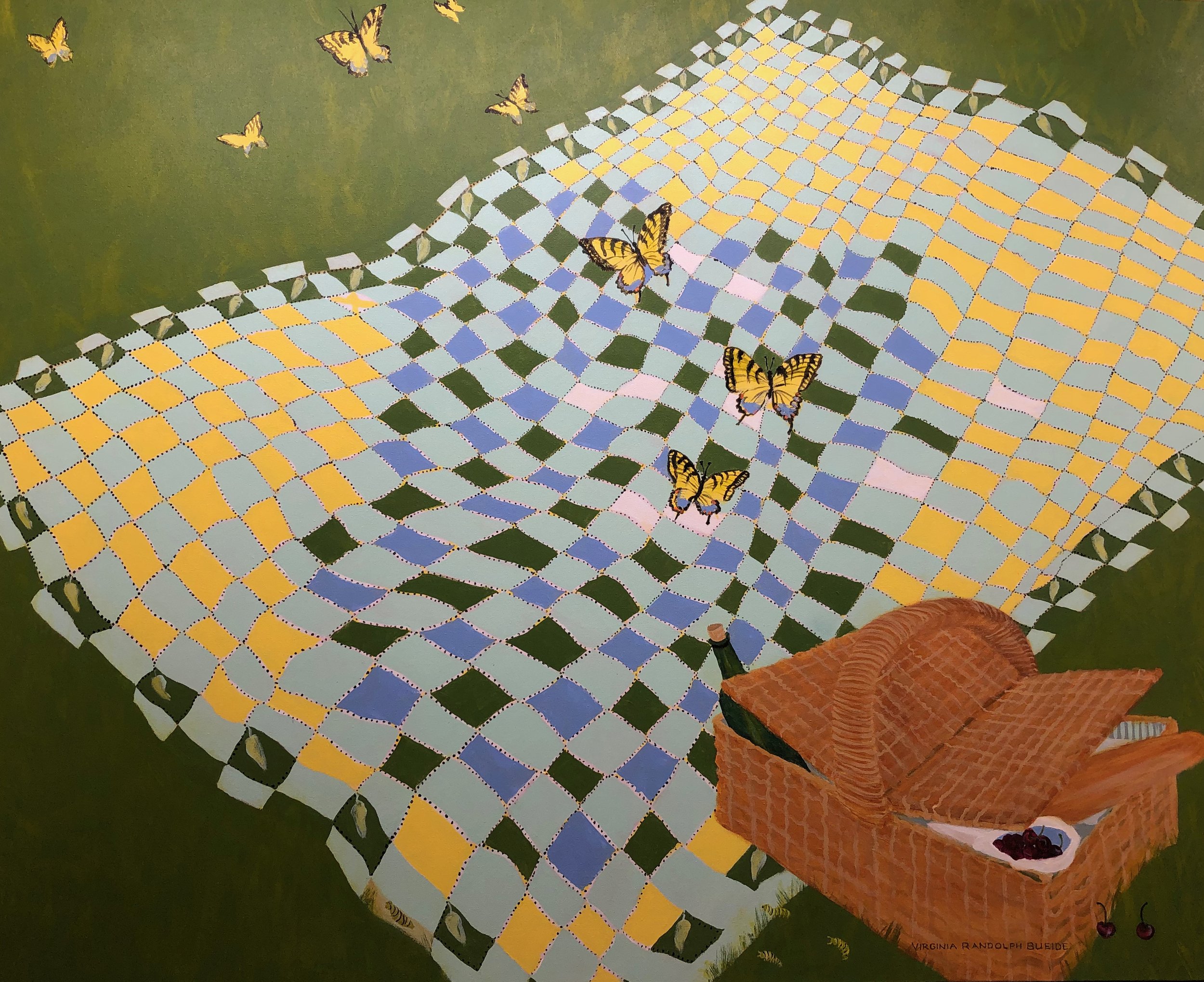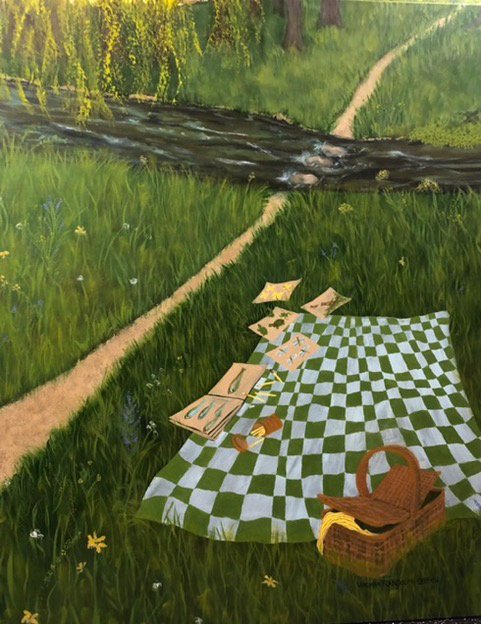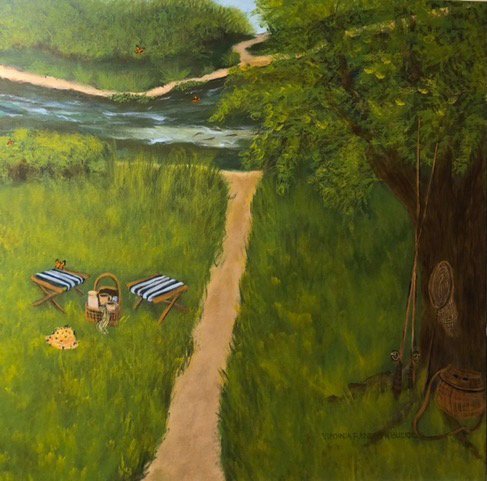
Virginia Randolph Bueide

Breaking Pattern - Imperfect Quilts - Archival Prints
Available Print Only or Framed
Stepping Up:
2020 Visions of Quarantine
Daily ink drawings became a morning ritual, which served to relieve my anxiety with the intended focus on keeping a positive perspective.
Order an 8 x 10” soft covered book, the collection of 54 ink drawings done during the pandemic (with hope towards a brighter future)! Or purchase some of the few originals remaining.
Andy Sturdevant - May 2, 2019
To follow Ginny through her studios over the past six decades is to take a walk through the history of American art since 1961. We follow her through post-industrial brick warehouses, elegant old turn-of-the-century commercial buildings, Midwestern farmhouses, New York City lofts, California beachfronts, South Minneapolis carriage houses - all places where she's made artwork, and all places that carry some symbolic significance for the broader history of painting in America. We think of the modern painter living and working in those spaces, and Ginny has lived and worked in all of them herself. The setting often defines the characteristics of the work, and Ginny's work has been as varied as those settings.
The setting has always been important for to her work. Her later paintings have portrayed the physical landscape with a keen eye for detail, sensitive brushwork, and a wry sense of humor - everything from farmer's markets, swimming pools, lakes, farms, and kitchens to barnyards, skating rinks, city scenes, and gardens. These landscapes are sometimes peaceful and still, and sometimes energized by the presence of all sorts of creatures: curious chickens, busy children, errant flocks of sheep, and the occasional self-portrait.
These come after long periods of moving in and out of abstraction. Paintings made in California in the 1980s have the bold colors and organic shapes of the pop-infatuated West, and reflect the physical and psychic landscape of Los Angeles of the time as surely as a panoramic view of the Hollywood hills. Further back yet, large, round forms on white gallery walls seem like living organisms, vibrant and pulsating with life and color. Looking closer yet, you find small forms embedded within those larger shapes. They reward close and careful attention.
Ginny has exhibited nearly everywhere you can in the region- the Walker Art Center (where she was selected for exhibition by none other than Donald Judd), the Minneapolis Institute of Art, the Plains Art Museum, the Duluth Art Institute, and the Minnesota Museum of American Art. This is not to mention the dozens of galleries, universities and project spaces where her work has also been shown, in one-woman and group exhibitions - Suzanne Kohn Gallery, Douglas Flanders, Grand Hand Gallery, the Kilbride-Bradley Gallery, and the galleries of St. Thomas and St. Catherine colleges. Her paintings, prints and drawings are included in museum, corporate, and numerous private collections throughout the United States and Europe, many of whom have made them available to be assembled here.
Yet more are in Oakland, California. In her professional journeys, she's encountered everyone from New York Times critic Hilton Kramer, who singled her out for merit in an MIA show when she was scarcely out of college, to Minnesota painter George Morrison, a good friend and colleague for many decades. Of her work, Morrison once said, she "paints from the inside out."
The earliest piece in this show, a sleeping girl on a couch, was that piece commended by Kramer. It's fitting that it, too, suggests a sense of place: the textures and patterns of home. But the young girl sleeping is able to dream far beyond all of it -working, as Morrison suggests, from the inside out. She could be dreaming of an artist's life yet to come, of the places where she will set up an easel, examine the specifics of the world around her, and then load up a brush and apply paint to canvas.
Written for EMERGENCE: A Virginia Randolph Bueide Collection, 1961-2019

Check out my story here.
Spring 2024 Exhibition Highlighted Picnic Series


